The vastness and diversity of the United States national parks have always been a treasure trove for nature lovers and researchers alike. These parks are not just destinations for hiking and sightseeing; they are also sanctuaries where new wonders are often uncovered. Recently, several new species have been discovered within these protected areas, offering an exciting glimpse into the rich biodiversity that continues to thrive. Each discovery adds a new chapter to our understanding of nature and its myriad creatures. Let’s explore these fascinating new residents who have found a home in America’s national parks.
Elusive Echo The Ghost Bat of Grand Canyon
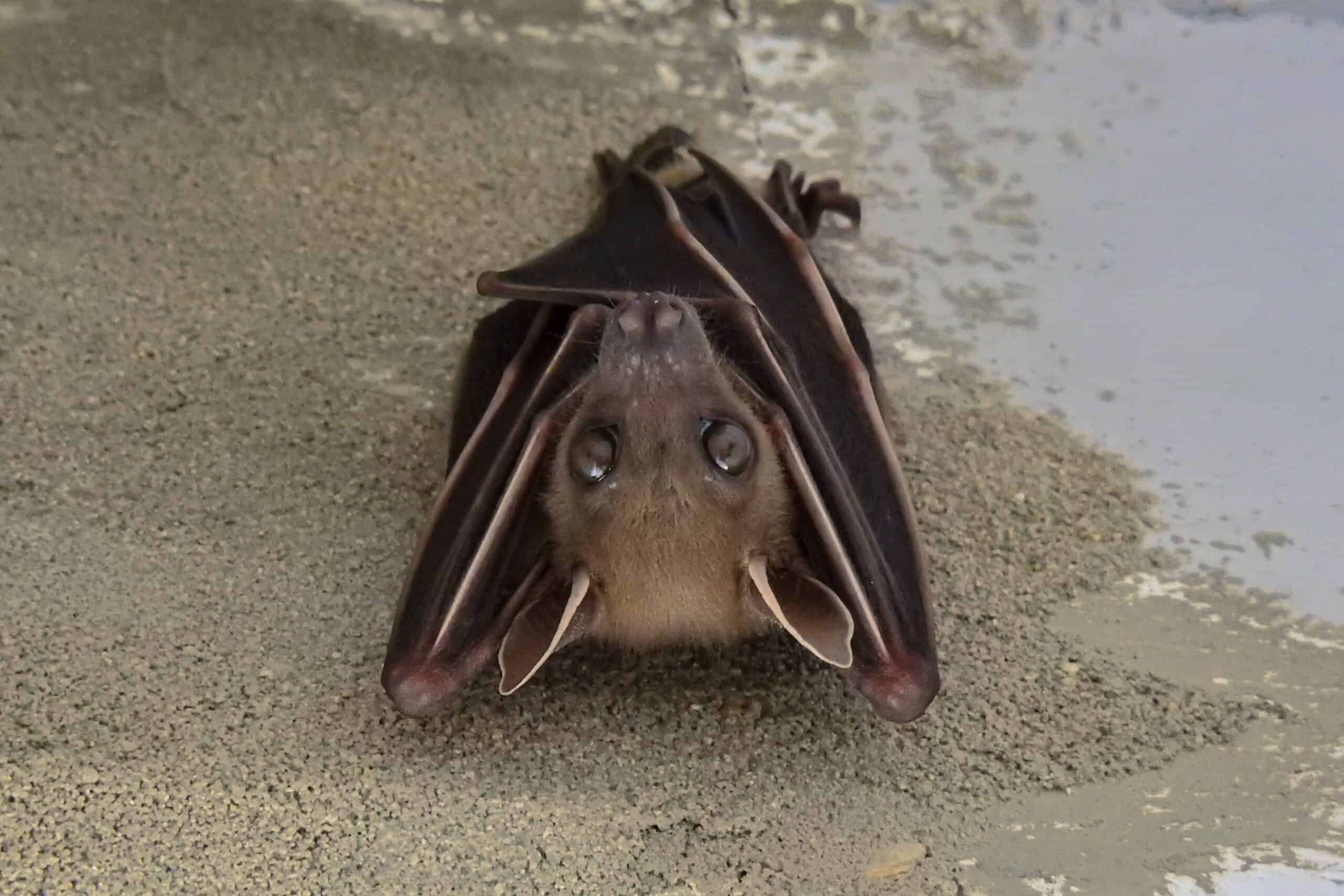
The Grand Canyon, with its breathtaking vistas and deep crevices, holds secrets that are as profound as its depths. Among these mysteries is the Ghost Bat, a creature that has been recently discovered by researchers exploring the canyon’s hidden caves. This bat, named for its pale, almost translucent wings, is an echo of the past, seemingly materializing from the shadows. Unlike its nocturnal cousins, the Ghost Bat has a unique hunting pattern that involves silent glides, making it a true phantom of the night. Its diet consists primarily of insects, which it skillfully catches mid-air with an agility that is both mesmerizing and mysterious. This remarkable discovery has added another layer to the already complex tapestry of the Grand Canyon’s ecosystem.
The Painted Lizard of Yellowstone
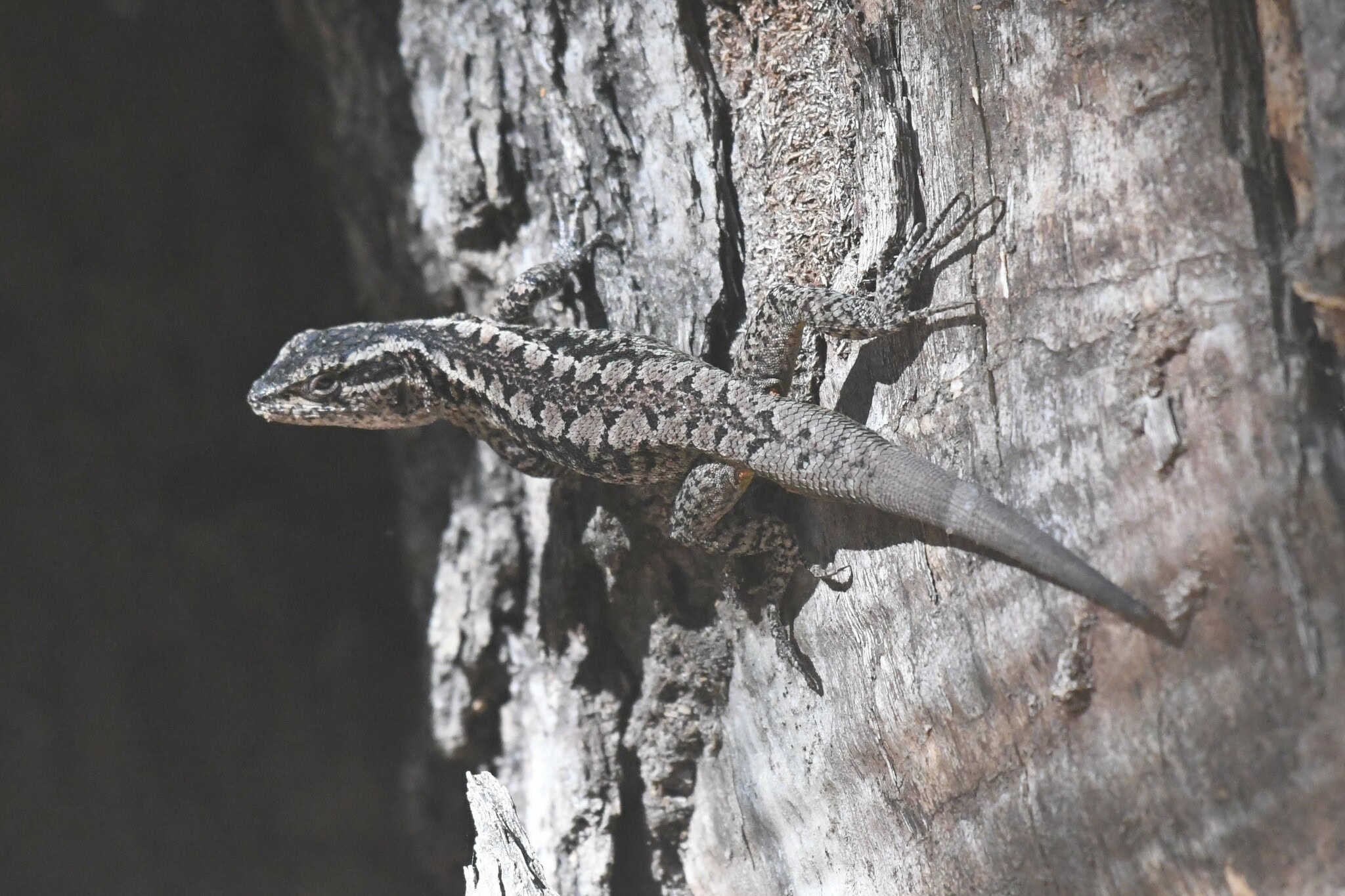
Yellowstone National Park, known for its geothermal features and diverse wildlife, has recently revealed a new reptilian inhabitant: the Painted Lizard. This vibrant creature stands out with its striking patterns of red, blue, and yellow, reminiscent of an artist’s canvas. Found basking on sunlit rocks, the Painted Lizard is a master of camouflage, blending seamlessly with the colorful surroundings during the changing seasons. Its diet includes insects and small plants, contributing to the park’s ecological balance. The discovery of this lizard has sparked interest among herpetologists and nature enthusiasts, eager to learn more about its behavior and role in Yellowstone’s ecosystem.
Whispering Pines The Singing Frog of Great Smoky Mountains
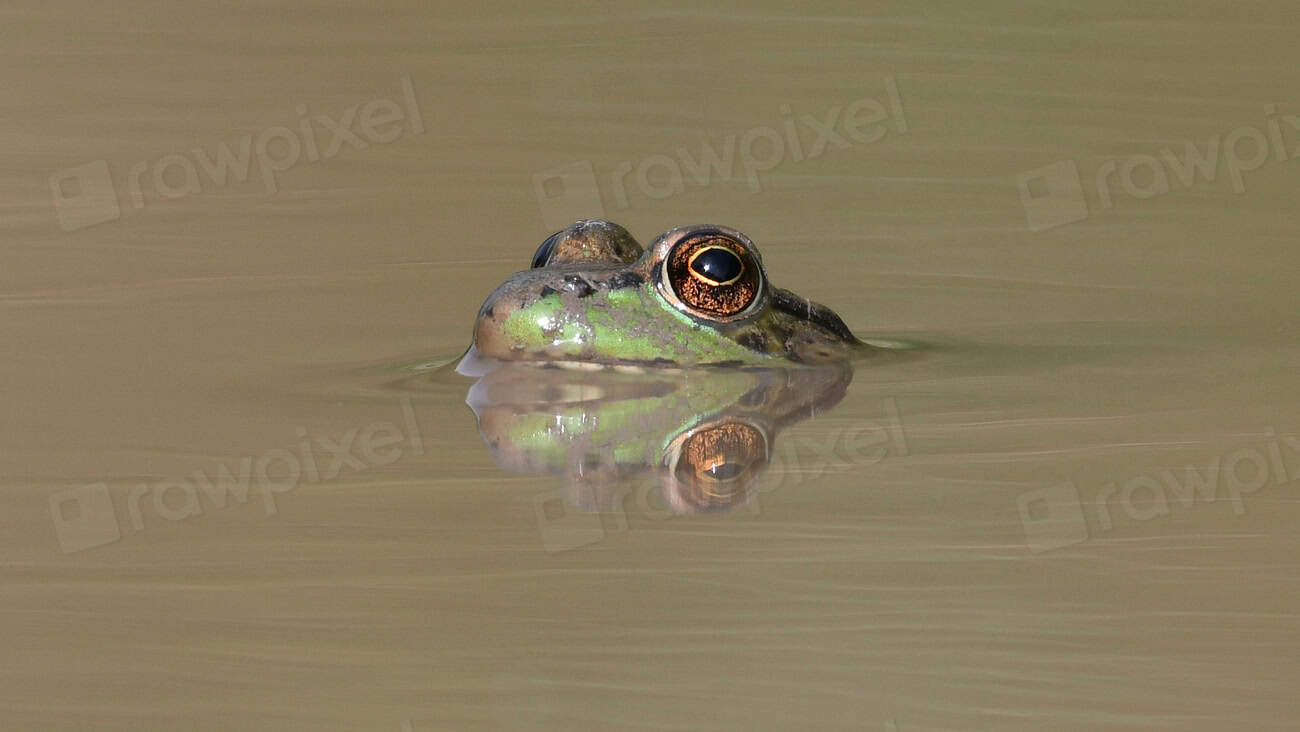
Nestled within the lush greenery of the Great Smoky Mountains, a new amphibian has been discovered, serenading the forest with its melodious calls. Known as the Singing Frog, this species is distinguished by its unique vocalizations that echo through the valleys, especially during the early morning and late evening. Unlike other frogs, the Singing Frog’s calls are not just mating rituals but also serve as territorial signals, creating a symphony that resonates with the whispering pines. Its presence is a testament to the park’s thriving biodiversity and the delicate balance of its wetland ecosystems. The discovery of the Singing Frog adds another note to the harmonious chorus of the Smokies.
The Moonlit Moth of Acadia
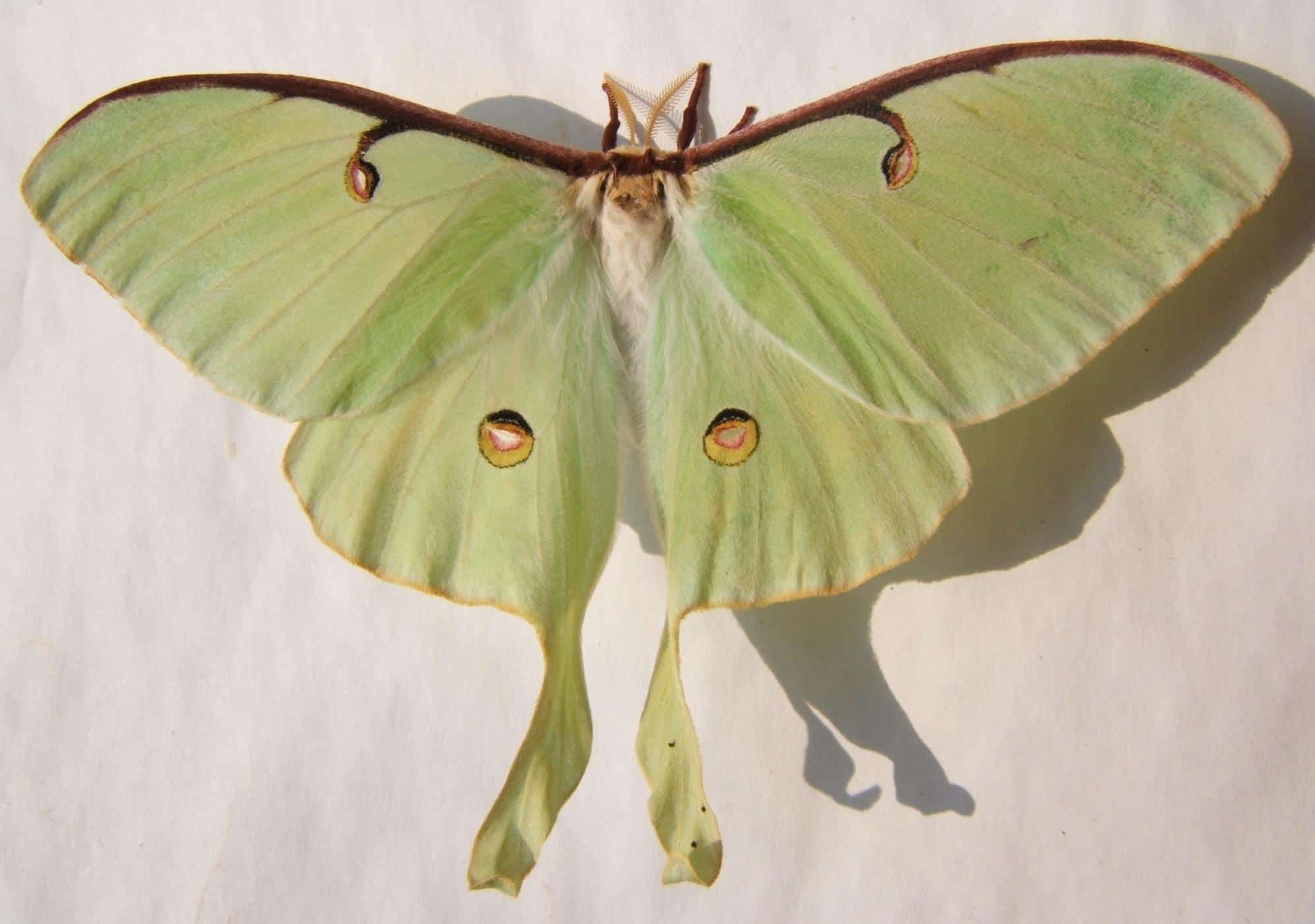
Acadia National Park, with its rugged coastlines and dense forests, has recently become home to a new nocturnal marvel: the Moonlit Moth. This ethereal creature is named for its silvery wings that shimmer under the moonlight, creating a ghostly silhouette as it flutters through the night. Unlike other moths, the Moonlit Moth is attracted to the park’s unique flora, feeding on nectar from night-blooming flowers. Its presence has intrigued entomologists who are eager to study its behaviors and interactions with the park’s ecosystem. The discovery of the Moonlit Moth adds a touch of mystery to Acadia’s already enchanting landscape.
The Jewel Beetle of Joshua Tree

In the arid expanse of Joshua Tree National Park, a new insect has been unearthed that sparkles like a hidden gem. The Jewel Beetle, with its iridescent exoskeleton, reflects the desert sun in a kaleidoscope of colors, making it a dazzling sight amid the stark landscape. This beetle is not just a visual wonder; it plays a crucial role in the park’s ecosystem by aiding in the pollination of desert plants. Its discovery has provided valuable insights into the intricate web of life that thrives in the harsh conditions of the desert. Researchers are delving deeper into the Jewel Beetle’s lifecycle and its interactions with the environment, hoping to unravel more of the desert’s secrets.
The Crystal Crawfish of Everglades
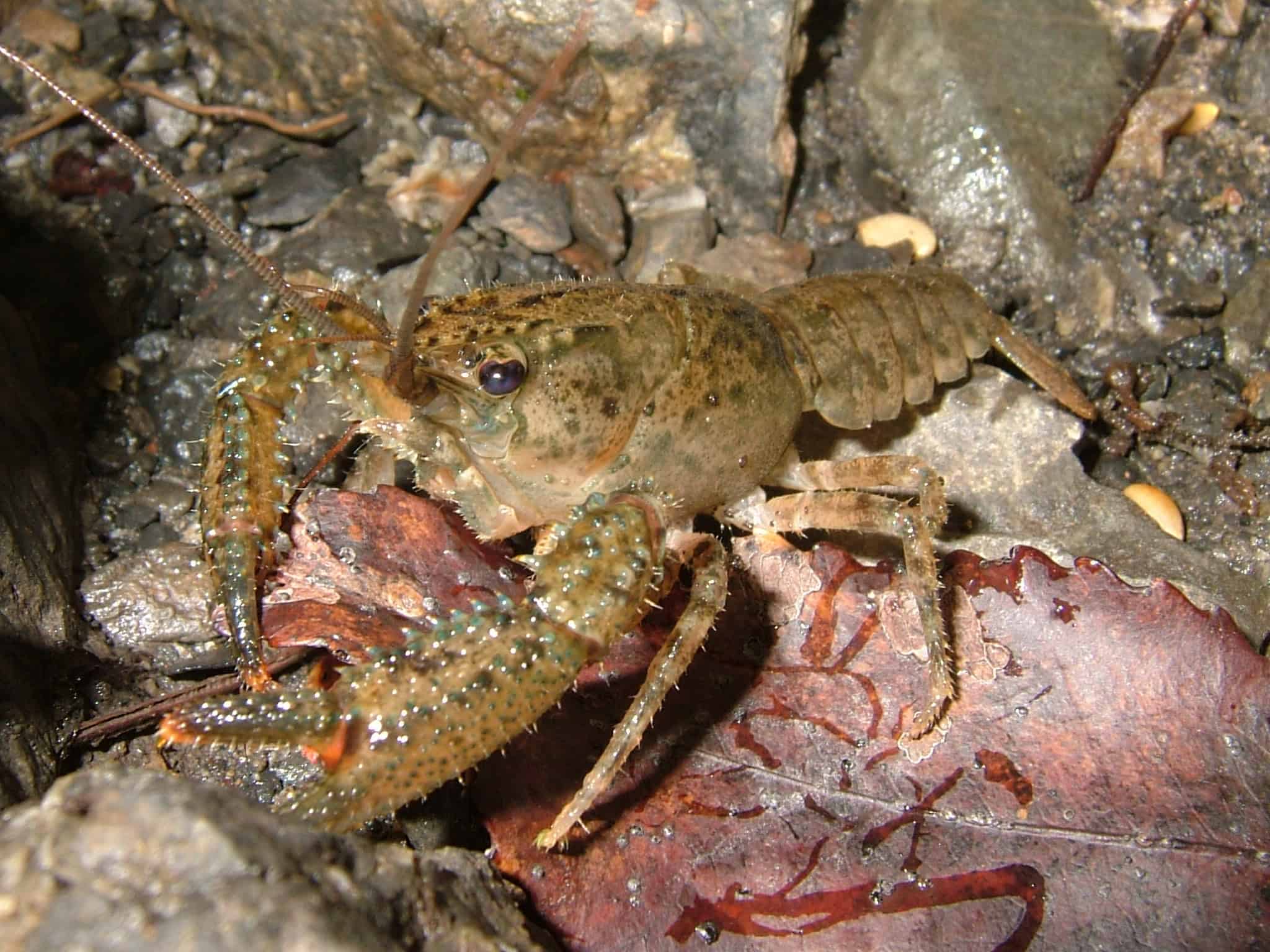
The Everglades, with its vast wetlands and rich biodiversity, has recently revealed a new crustacean inhabitant: the Crystal Crawfish. This translucent creature glides through the waters with an elegance that is both captivating and enigmatic. Unlike its more common counterparts, the Crystal Crawfish has adapted to the unique conditions of the Everglades, thriving in its brackish waters. Its diet consists of algae and small aquatic organisms, playing a vital role in maintaining the health of the wetland ecosystem. The discovery of the Crystal Crawfish has sparked a wave of interest among marine biologists, eager to explore its adaptations and ecological significance.
The Red-Tail Dove of Shenandoah
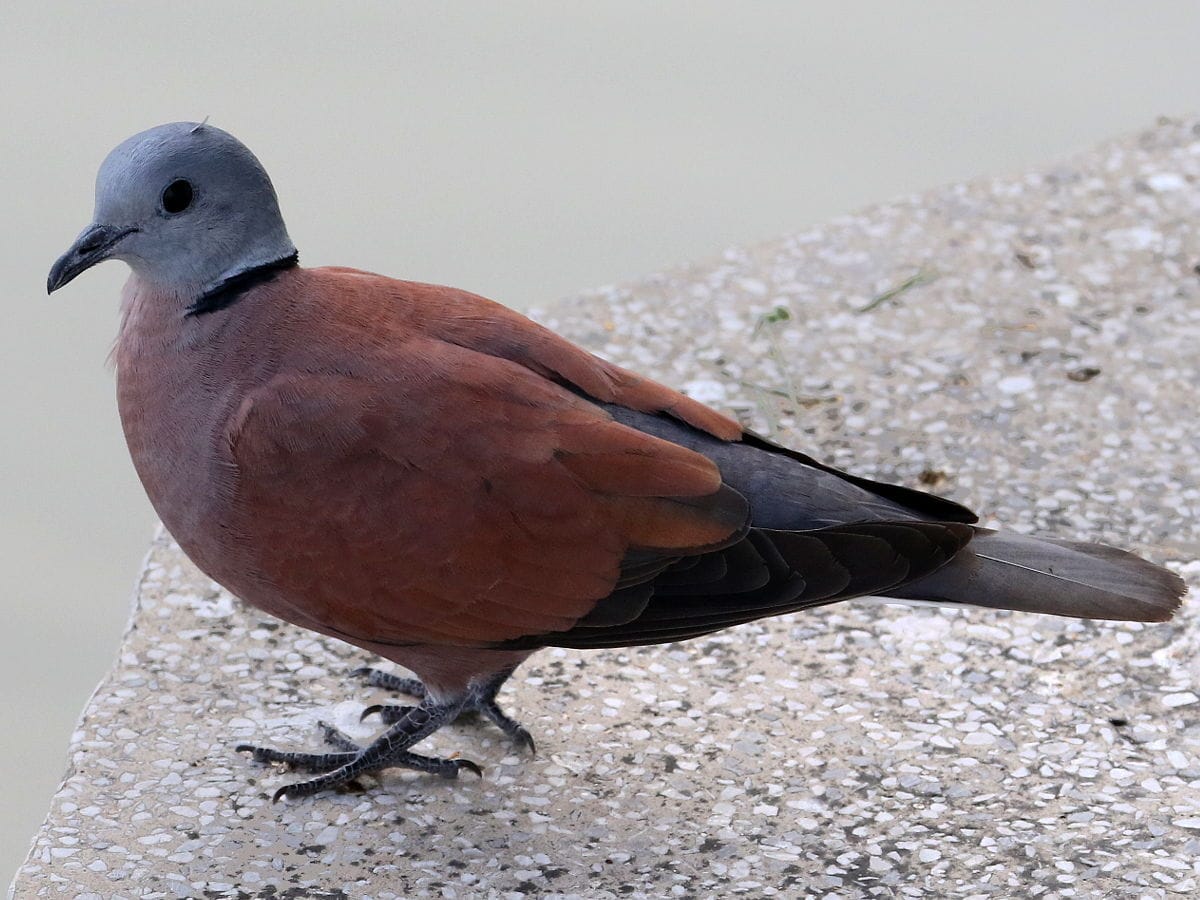
Shenandoah National Park, with its rolling hills and serene landscapes, has recently welcomed a new avian resident: the Red-Tail Dove. This bird, distinguished by its russet tail feathers, has captured the attention of ornithologists and birdwatchers alike. Unlike other doves, the Red-Tail Dove has a unique flight pattern, characterized by swift, agile maneuvers that enable it to navigate the park’s dense foliage with ease. Its diet consists of seeds and small insects, contributing to the park’s ecological diversity. The discovery of the Red-Tail Dove has added a new dimension to Shenandoah’s avian population, enriching the park’s vibrant tapestry of life.
The Shadow Salamander of Olympic

In the misty forests of Olympic National Park, a new amphibian has emerged from the shadows: the Shadow Salamander. This elusive creature, with its dark, mottled skin, is perfectly adapted to the park’s damp, shaded environment. Unlike other salamanders, the Shadow Salamander is primarily nocturnal, emerging after dusk to hunt for insects and small invertebrates. Its presence is a testament to the delicate balance of Olympic’s forest ecosystems, where each creature plays a crucial role in maintaining ecological harmony. The discovery of the Shadow Salamander has opened new avenues for research and conservation efforts within the park.
The Dune Spider of Death Valley
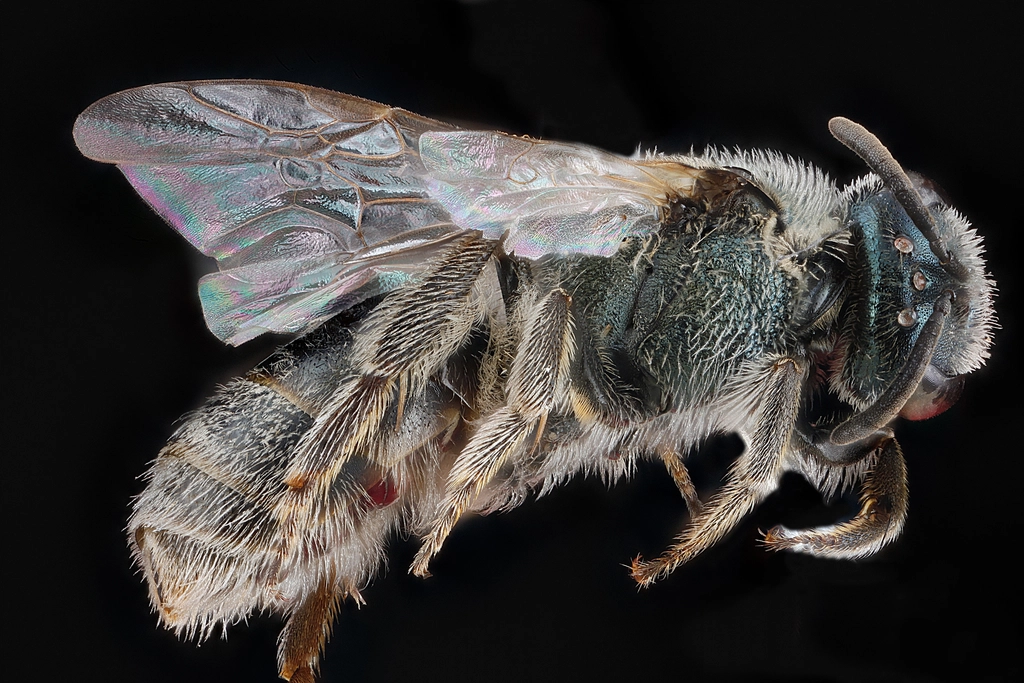
Death Valley, known for its extreme conditions and stark beauty, has recently revealed a new arachnid inhabitant: the Dune Spider. This resilient creature has adapted to the harsh desert environment, with specialized adaptations that allow it to thrive in the shifting sands. Unlike other spiders, the Dune Spider has elongated legs that enable it to move swiftly across the dunes, hunting for insects with remarkable precision. Its discovery has provided valuable insights into the unique adaptations required for survival in one of the most inhospitable environments on Earth. Researchers are eager to learn more about the Dune Spider’s lifecycle and ecological interactions, shedding light on the desert’s hidden wonders.
The Pine Marten of Rocky Mountain

In the rugged terrain of Rocky Mountain National Park, a new mammal has been discovered, adding to the park’s diverse wildlife: the Pine Marten. This agile predator, with its sleek fur and bushy tail, is a master of the forest canopy, hunting for small mammals and birds with remarkable stealth. Unlike other weasels, the Pine Marten has adapted to the park’s mountainous terrain, using its sharp claws and keen senses to navigate the rugged landscape. Its discovery has provided valuable insights into the complex food web of the Rocky Mountains, highlighting the intricate relationships between predator and prey. Researchers are eager to study the Pine Marten’s behavior and ecological role, uncovering more of the park’s natural wonders.
Conclusion
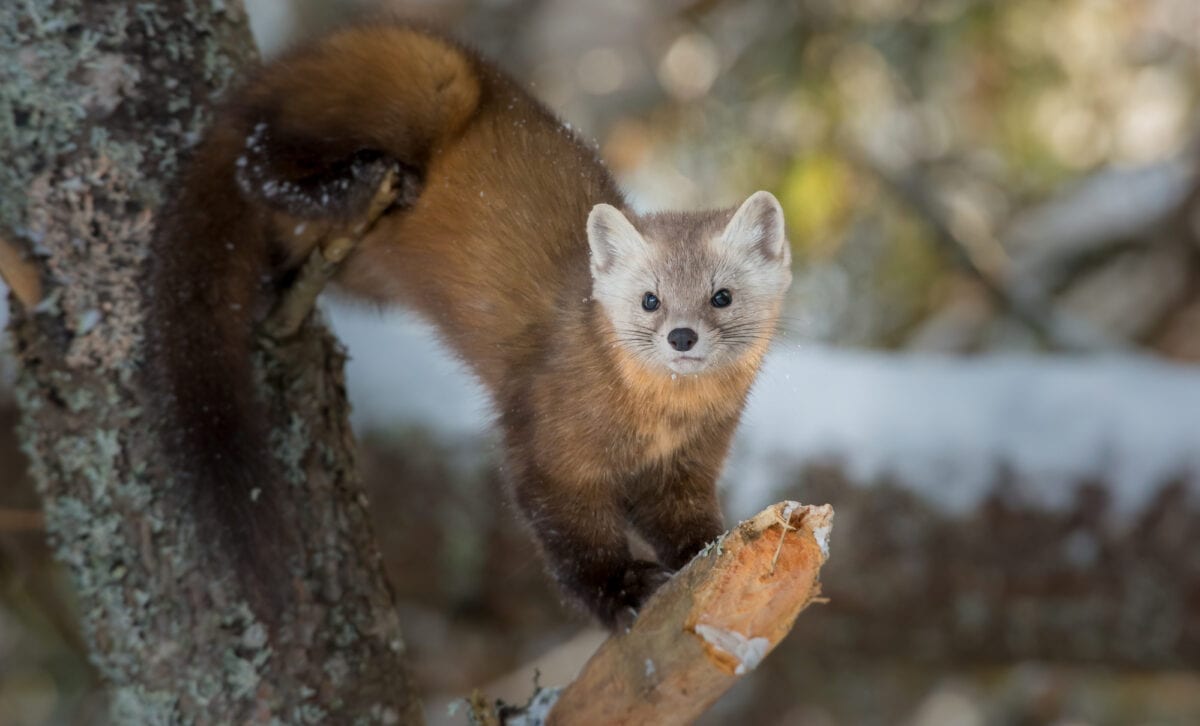
The discovery of these new species across various US national parks underscores the importance of preserving these natural sanctuaries. Each discovery not only enriches our understanding of biodiversity but also inspires a sense of wonder and curiosity about the natural world. These parks are not just refuges for wildlife; they are living laboratories where new chapters of nature’s story continue to unfold.
- The 10 Largest Stingrays Ever Found in American Waters - August 14, 2025
- 15 Loudest Animals on Earth - August 14, 2025
- 15 Common Mistakes When Caring for Pet Birds - August 14, 2025

